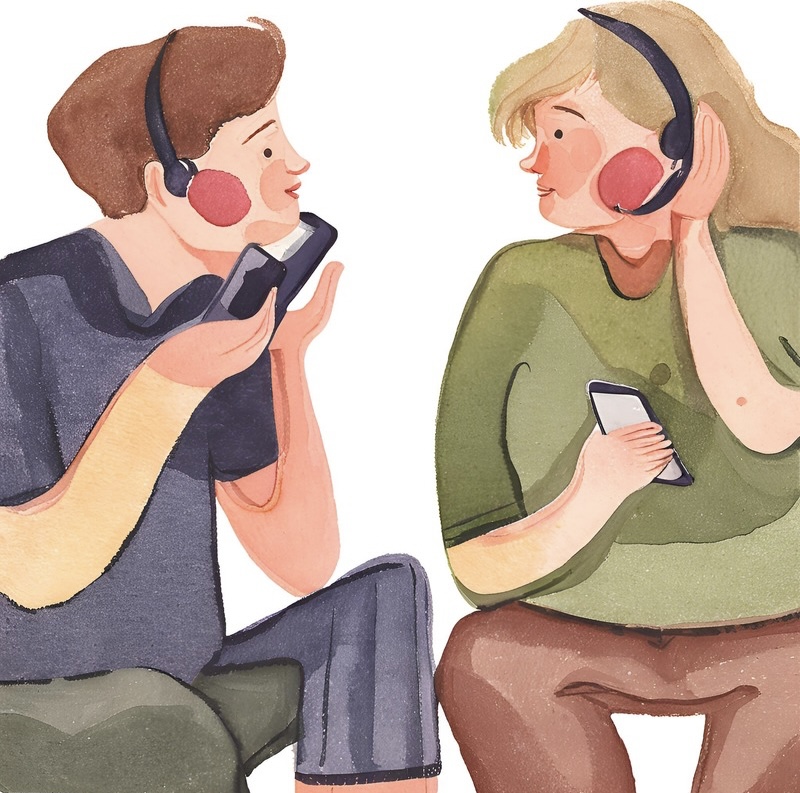What kind of a listener are you?
Read 3 mins
Navigating the Labyrinth of Listening: Unveiling Barriers
Blog
Author
Vuslat Foundation
Keywords
Relationships
Self-awareness
Friendships
Romantic
Friendship
Blog
Author
Vuslat Foundation
Keywords
Relationships
Self-awareness
Friendships
Romantic
Friendship
In the intricate dance of communication, generous listening orchestrates harmony. It involves not just the ears, but the heart and mind – a courageous, compassionate presence which leads the way to true connection and understanding. However, this artistry can be disrupted by an array of barriers, each posing a unique challenge to the symphony of connection.
Barriers to listening refer to any factors that may block the listener from recognizing, understanding, and accurately interpreting the message they are receiving. Barriers can manifest in various forms, from external factors like physical obstructions to internal hurdles such as emotional responses and biases. These barriers obstruct the seamless flow of understanding and can lead to misinterpretation, miscommunication, and ultimately hinder the establishment of meaningful connections. It is imperative that we recognize what impediments may stand in the way of generous listening in order to gain the power and strategies to tackle them.
Below, delve into 12 distinct barriers that can hinder our ability to truly listen.
- PHYSICAL: Physical hindrances, such as noise, distance, or environmental obstructions, can disrupt the transmission of messages.
- EMOTIONAL: Feelings like excitement, anger, or distraction can create an emotional fog, clouding our receptivity and understanding.
- PSYCHOLOGICAL: Mental obstacles, like formulating responses as we listen, comparing, and contrasting, or losing focus, can hinder effective listening.
- CULTURAL: Differences in ethnicity, religion, tradition, or social status may erect cultural walls, challenging our ability to connect through listening.
- TIME PRESSURE: The ticking clock can strain concentration and focus, making it difficult to engage fully in the act of listening.
- LANGUAGE: Language differences pose a ubiquitous challenge, potentially leading to misinterpretation and miscommunication.
- PACE OF SPEECH: Rapid or sluggish speech can disrupt the cadence of listening, causing the listener to lose focus or interest.
- TONE OF VOICE:The speaker’s tone – be it monotone, offensive, or defensive – can significantly influence our reception and interpretation of the message.
- PRE-JUDGMENT:Preconceived notions formed before actively listening can obstruct the genuine exchange of ideas.
- INTERRUPTIONS:Physical or verbal disruptions, whether intentional or unintentional, can rupture the flow of a conversation, impeding listening.
- LACK OF INTEREST: Indifference or diffidence can cast a shadow over genuine curiosity and understanding.
- BIAS: Prejudice and assumptions based on appearance, gender, race, religion, or other factors can create a perceptual filter, distorting our interpretation of what is being communicated.
Recognizing and understanding these barriers is the first step toward dismantling them. In the coming posts, we will explore strategies and insights to cultivate generous listening, breaking through these barriers and fostering meaningful connections. Stay tuned as we embark on a journey to unravel the art of attentive and empathetic listening.


